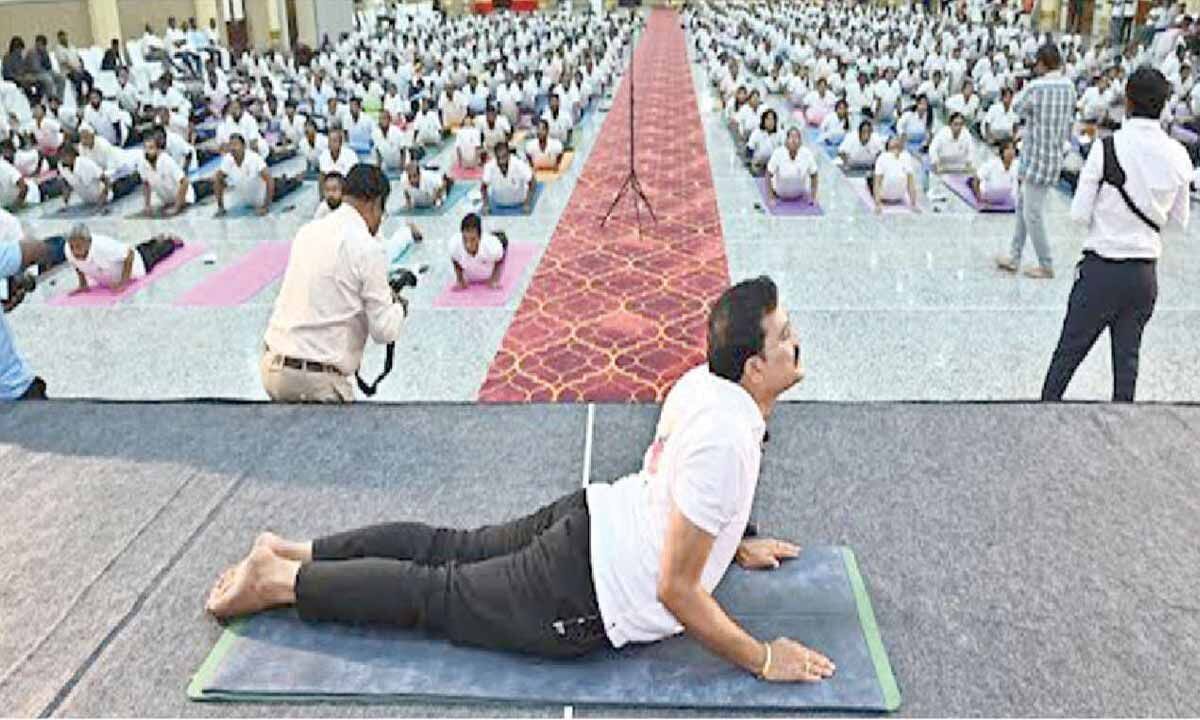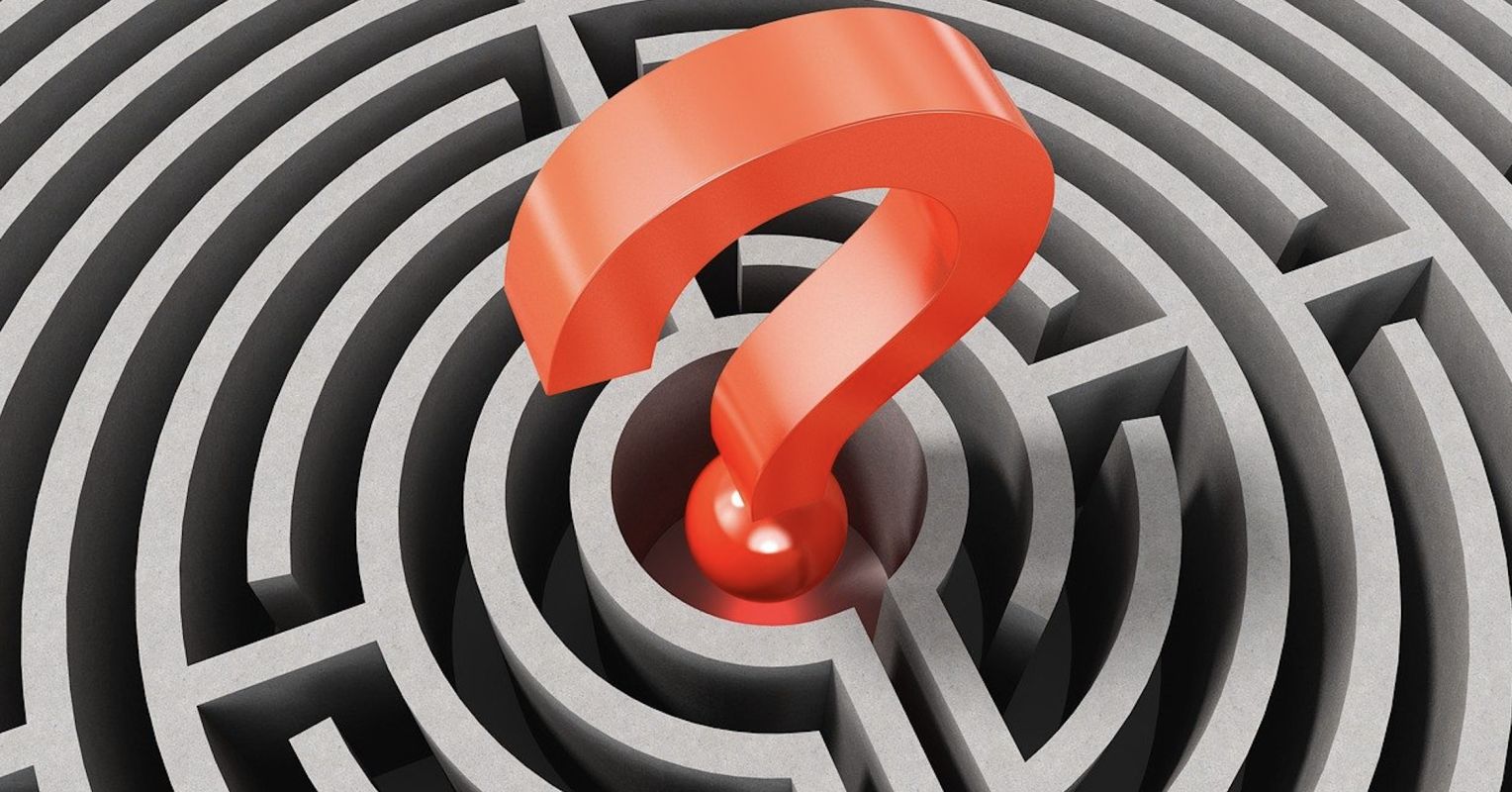Summary
Unlike earlier, increasing number of youngsters opt for yoga to battle stress and anxietyInstructors mention that youth are now making yoga a way of life
Source: The Hans India

AI News Q&A (Free Content)
Q1: What are the benefits of yoga for stress and anxiety management among youth?
A1: Yoga has been shown to significantly reduce stress and anxiety levels among youth. According to a 2024 study published in a scholarly journal, school-based yoga programs have effectively improved mental well-being by addressing psychological, cognitive, and physical outcomes. Yoga helps in stress regulation, emotional awareness, and improving social interactions, making it a holistic approach to managing anxiety and stress in adolescents.
Q2: How is yoga being integrated into school wellness programs to support adolescent mental health?
A2: School-based yoga programs are increasingly being integrated into wellness curriculums to support adolescent mental health. These programs focus on age-appropriate design, teacher training, and inclusivity, with an emphasis on promoting emotional regulation and resilience. The 2024 paper highlights the importance of yoga in reducing stress and fostering emotional awareness, which are key components in helping youths navigate life challenges.
Q3: What role does Sahaja Yoga play in promoting holistic wellness among youth?
A3: Sahaja Yoga is a form of meditation that emphasizes mental silence and self-realization through kundalini awakening. It integrates various religious elements and promotes a holistic approach to wellness. Practitioners believe that it helps achieve mental peace and emotional balance, which are crucial for holistic wellness. This approach is gaining popularity among youth seeking a deeper connection with themselves and a way to manage stress and anxiety.
Q4: How has Indigenous Canadian model Shayla Stonechild contributed to promoting yoga and wellness among youth?
A4: Shayla Stonechild, an Indigenous Canadian model, has played a significant role in promoting yoga and wellness among youth. Through her Matriarch Movement platform, she highlights stories about indigenous health and personal development. As a brand ambassador and health advocate, she uses her influence to encourage young people to embrace yoga as a means of achieving holistic wellness and emotional balance.
Q5: What are the challenges and solutions in implementing yoga programs in schools?
A5: Implementing yoga programs in schools comes with challenges such as ensuring age-appropriate content, teacher training, and inclusivity. However, these can be addressed through well-structured programs that involve parental involvement and a focus on emotional regulation and stress reduction. The evidence supports the inclusion of yoga in school curriculums to enhance resilience and mental well-being among students.
Q6: What insights does the Yoga-82 dataset provide for the classification of human poses?
A6: The Yoga-82 dataset offers a comprehensive classification of human yoga poses, addressing challenges such as pose diversity and object occlusion. It provides a hierarchical structure for pose classification, which aids in fine-grained recognition. This dataset is valuable for improving the accuracy of computer vision models in identifying yoga poses, contributing to advancements in exercise and wellness technology.
Q7: How is social media influencing the adoption of yoga among youth?
A7: Social media plays a significant role in the adoption of yoga among youth by sharing motivations and lifestyle choices. A study utilizing Twitter data found that users engage with yoga content for health benefits, spirituality, and community interaction. Social platforms help disseminate information about yoga's benefits, encouraging more young people to explore and adopt yoga as part of their wellness routines.
References:
- A Path to Resilience: The Impact of School-Based Yoga on Adolescent Mental Well-Being
- , "Sahaja Yoga
- , "Shayla Stonechild
- , "Yoga-82: A New Dataset for Fine-grained Classification of Human Poses





